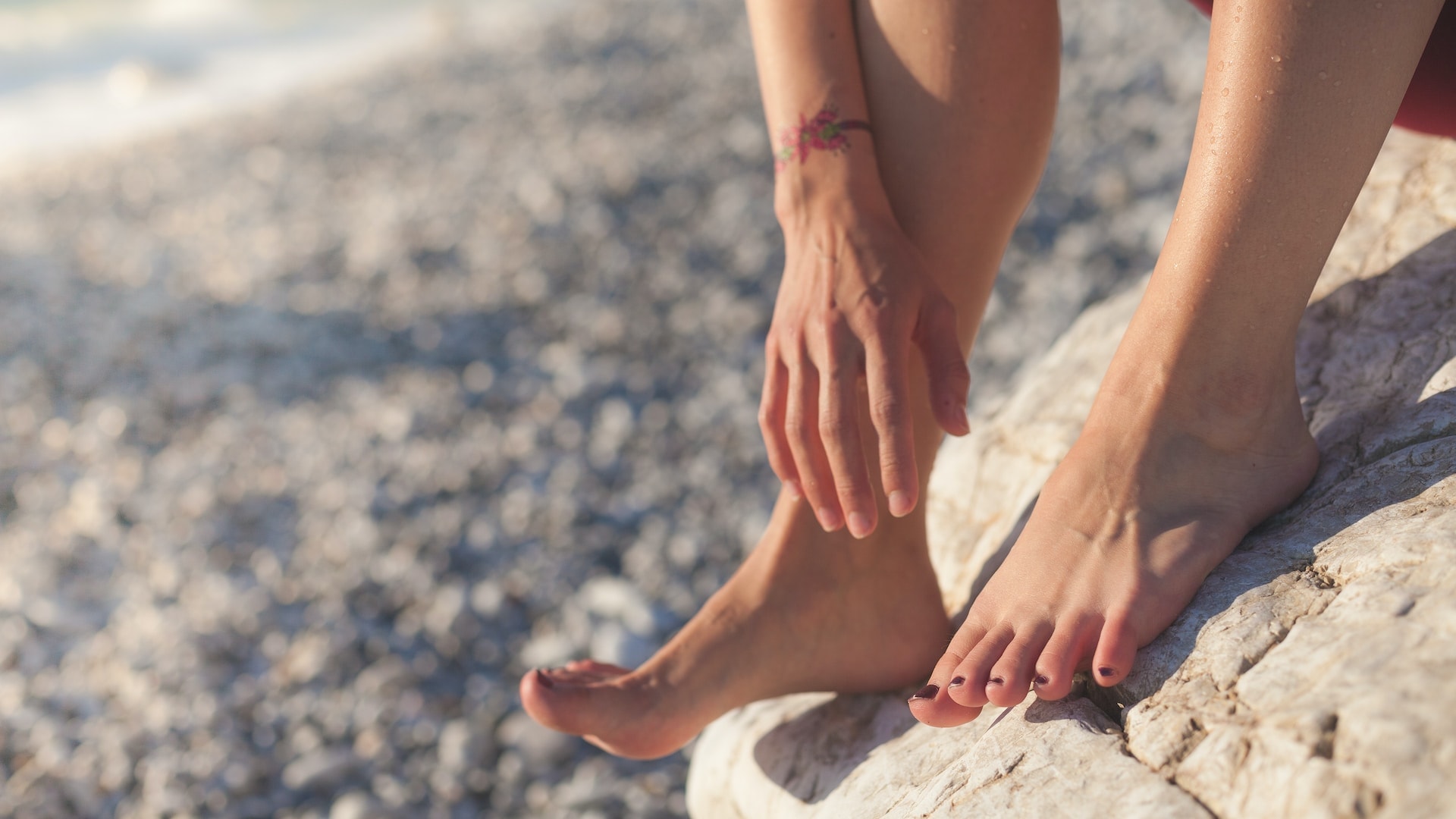It’s World Reflexology Week. 18th – 24th September 2023.

Source: nepalyogahome.com/what-is-foot-reflexology/
What is reflexology?
Reflexology is a non-invasive complementary health therapy, which can help with deep relaxation and reduce stress amongst many other benefits including preventing migraines, balancing hormones, reduction in chronic pain conditions, aiding good sleep, speeding up recovery after surgery, eliminating toxins, lowering blood pressure, increasing circulation, raising energy levels, assisting digestion and improving nerve function.
It is known as a touch therapy and reflexologists use their thumbs to apply pressure to navigate the reflex points effectively.
Things you didn’t know about Reflexology
Reflexology is an ancient practice, which has been around since 2330 B.C, originally from Egypt and reportedly found in the hieroglyphics of a Physician’s tomb, which shows the application of pressure to the soles of the feet.
Modern-day reflexology was first used by an ENT doctor called William Fitzgerald (1872-1942) and went by the name Zone therapy. It was actually used as a form of early anaesthetic for very minor surgeries. A physiotherapist Eunice Ingham developed it further and discovered it had a stimulating effect on the body rather than a numbing effect. Reflexology can eliminate or greatly improve many ailments during a 6 weekly course.
In Denmark and Sweden, reflexology is the most popular form of holistic therapy.
It's different to a foot massage due to the pressure on certain points. Reflexology can be done on the hands, feet and face.
It can assist fertility and help with menopause symptoms.
There are 3 types – foot, hand and ear. The soles of the feet have over 7000 nerve endings
A therapist will generally know if you have an ailment without you telling them, as it can be detected from your feet – such as lower back pain or IBS.
Miniature Maps of the Body – feet and hands are like detailed maps and depict various organs and body systems. Specific points correspond to different body parts. It’s like a foot-based map.
Toe Reading – some reflexologists incorporate, ‘toe-reading’ where the shape, size and characteristics of a person’s toes to gain insight into their personality traits and emotional state. Toe reading is not scientifically validated but some therapists use it as an extension of reflexology.
Celebrity Enthusiasts – some well-known personalities have publicly endorsed the benefits of reflexology, which can add a touch of glamour to a down-to-earth practice. Princess Diana was reputed to have had regular reflexology.
Toe-wiggling during Reflexology – it's not uncommon for people to experience involuntary movements, such as toe-wiggling or muscle twitches – this is thought to be a sign that the body is responding to the therapy and releasing tension.
Reflexology Socks and Sandals – some reflexology enthusiasts have been known to wear specialist socks and sandals with imprinted reflexology points on the soles to help stimulate these points.
Reflexology Paths – in some Asian countries you can find reflexology paths, which are paved walkways with a textured surface. This stimulates the feet as you walk. They are designed as a pick-me-up for tired feet.

Source: https://www.istockphoto.com/photos/reflexology-walkway

Source: https://www.istockphoto.com/photos/reflexology-walkway
Animal Reflexology – some practitioners offer reflexology for pets. The idea is that they can gain the same benefits as humans, although this is still a subject of debate by vets.
Experience the amazing benefits and intense relaxation that reflexology brings by booking your treatment now with 10% off on Friday 22nd September.


Comments (0)
Add a comment